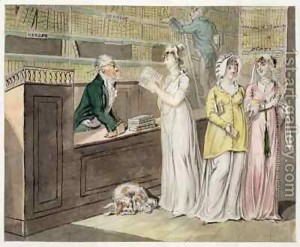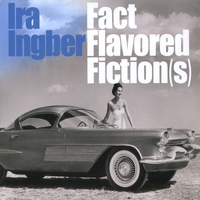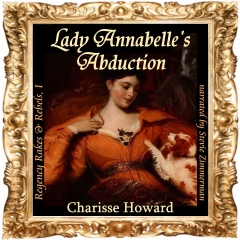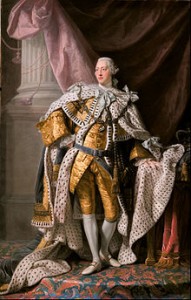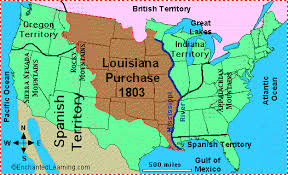Hot vacation tip: sign up for a month’s free trial of Kindle Unlimited before you travel. Amazon’s new subscription service lets you load up your e- or audio-device for the beach, airplane, or campsite with unlimited books — including Boom-Books! Been wanting to read CJ Verburg’s “Croaked: an Edgar Rowdey Mystery” or listen to Charisse Howard’s “Lady Annabelle’s Abduction”? Now it’s easy and free.
Just make sure to read at least 10% of each book you download. Unless an author is published by a big commercial house, that’s the requirement for them to get paid.
When you return home, $10 a month will keep your Kindle, Galaxy, or iPad full of virtual adventures. Or switch to Amazon Prime, if you’d rather read just one free book a month but have your other Amazon orders shipped for free; or try a different subscription service with Scribd or Oyster.
And don’t forget your local library, the ultimate source of free books!






